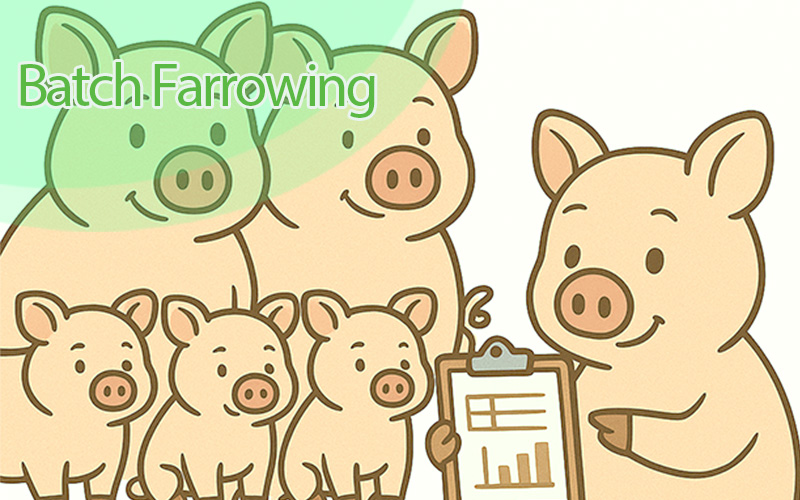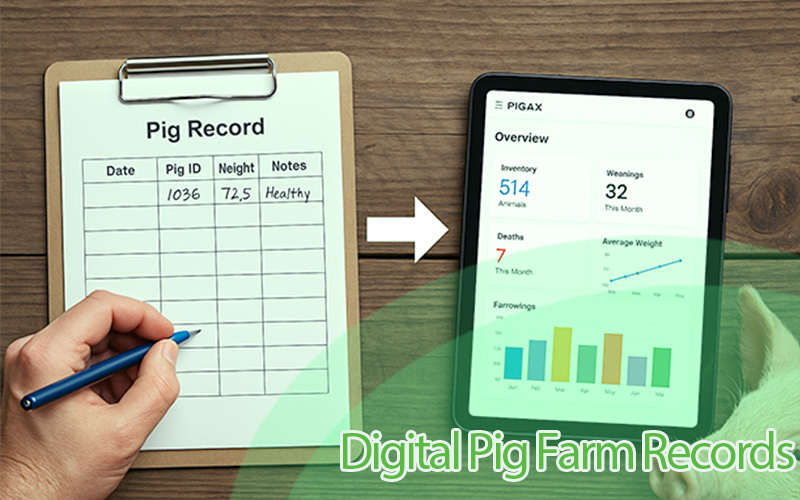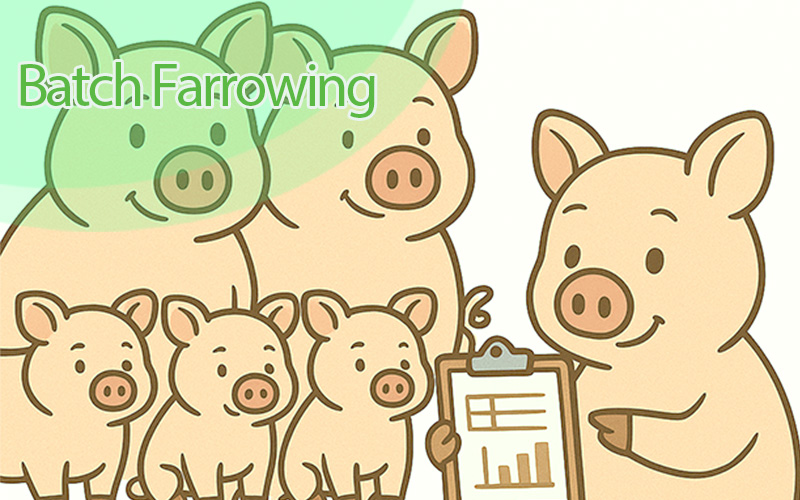Creep feeding : Practice for successful weaning
Creep feeding is the practice of feeding a solid diet to piglets while they are suckling the sow, preparing their digestive system for weaning. Creep feeding promotes gut and digestive enzyme development, which enables the piglet to digest nutrients from food sources other than that milk. This encourages feed intake, which is one of the greatest challenges to post-weaning performance.
As piglets get older, their demand for nutrients similarly grows until this demand supersedes what the sow can supply them since the sow’s milk yield reaches its peaks at around three weeks and then slowly declines. Creep feeding, therefore, becomes increasingly important and beneficial as the weaning age increases.
Here are some best practices for creep-feeding pigs:
- Begin creep-feeding when piglets are around 2-3 weeks of age. This is typically when they are starting to become more active and are able to consume the solid feed.
- Use a creep feeder that is specifically designed for piglets. These feeders often have low sides and an opening that is small enough for piglets to access the feed, but too small for sows to get through.
- Gradually introduce piglets to creep feed by mixing a small amount of creep feed with their normal milk or milk replacer. This will help them get used to the taste and texture of solid feed.
- Choose a creep feed that is formulated for piglets. Piglet creep feed should have a higher protein and energy content than feed for older pigs, to support the piglets' rapid growth and development.
- Monitor piglets' intake of creep feed and adjust the amount offered as needed. Piglets' appetite for creep feed will increase as they grow and become more active, so it's important to adjust the amount offered to meet their changing nutritional needs.
- Keep the creep feeder clean and refill it regularly to ensure that piglets have access to fresh, palatable feed.
- Be mindful of the risk of overfeeding. Piglets that consume too much creep feed may experience digestive issues or become too fat, which can negatively impact their health and growth.
Encouraging Creep Intake
- To make the transition as smooth as possible use the same creep pre and immediately post-weaning
- Offer good quality, palatable, and highly digestible feed which piglets will find appealing
- Ensure that there is an accessible supply of fresh water as this will influence feed intake
- A sticky meal that sticks to the piglets’ snouts and requires them to lick it may encourage intake
- Pellets and blends of pellets with mash (meal and water) are also very effective, and generally result in less wastage than regular feed
- Position creep feed away from corners, drinkers, and heat lamps to minimize the likelihood of fouling
- If using mats, they should be removed after a few days; creep should then be provided in feeders, which will need careful adjustment
- In each litter some piglets will be eating nothing at all, even when the other piglets are eating well; watch out for these pigs and manage them carefully to prevent them from fading.
Overall, the key to successful creep feeding is to carefully monitor the piglets' intake and adjust the amount of feed offered as needed to meet their changing nutritional needs. By following these best practices, farmers can help ensure that their piglets receive the nutrients they need to grow and thrive.




